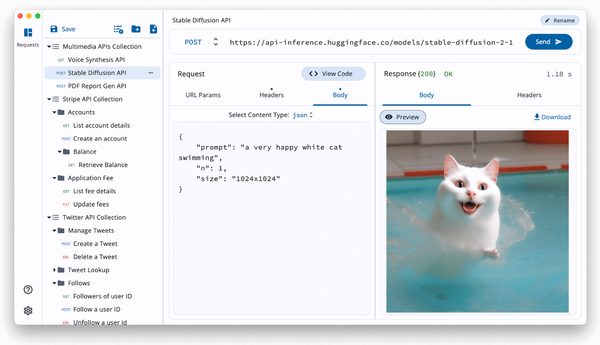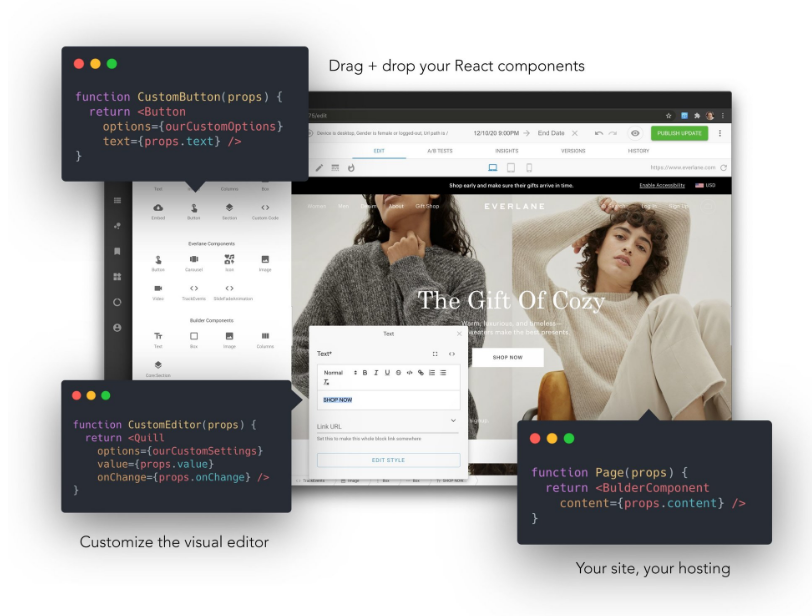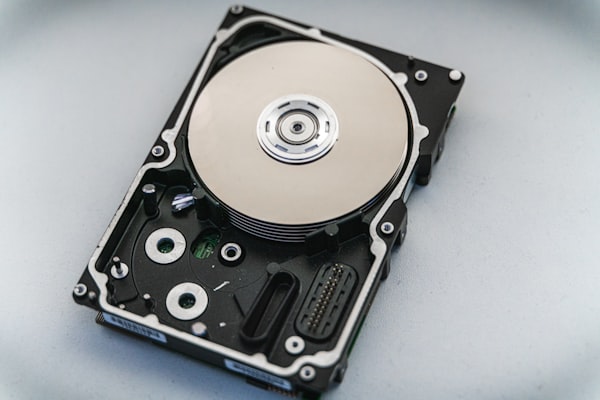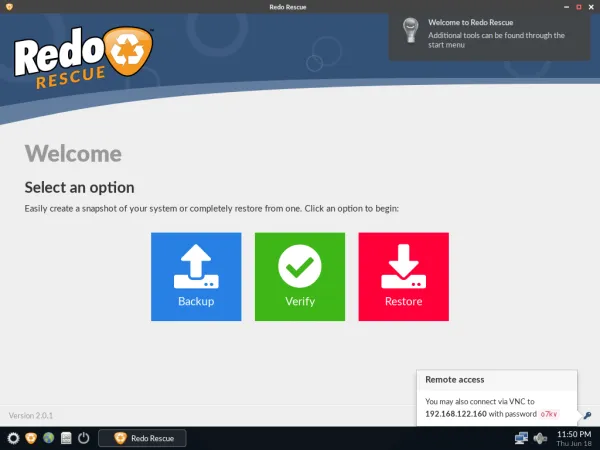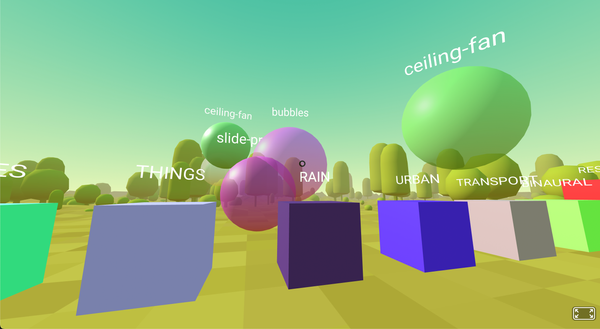REST API vs GraphQL: Pros and Cons, What to choose When
Table of Content
Choosing the right API architecture and strategies is crucial in web development. GraphQL and REST are popular options, each with unique benefits and drawbacks.
Here's a concise comparison to help you decide.
REST API
A REST API write operation is an HTTP request that allows clients to create or update resources on a server. Typically, these operations are performed using POST, PUT, or PATCH methods:
- POST: Creates a new resource on the server.
- PUT: Updates an existing resource or creates it if it doesn't exist.
- PATCH: Partially updates an existing resource.
Each write operation requires a specific endpoint and data in the request body, usually in JSON format. The server processes the request and returns a status code to indicate success or failure, along with any relevant data.
Advantages:
- Simplicity: Based on standard HTTP methods and widely understood.
- Caching: Leverages HTTP caching to improve performance.
- Mature Ecosystem: Extensive tools, libraries, and community support.
- Statelessness: Each request contains all necessary information, aiding scalability.
Disadvantages
- Data Fetching Issues: Can suffer from over-fetching or under-fetching data.
- Multiple Endpoints: Requires managing many endpoints, which can be complex.
- Limited Flexibility: Fixed set of operations, sometimes requiring custom methods or endpoints.
Use-cases of REST API
- Standard CRUD Operations: Best for traditional Create, Read, Update, Delete operations with simple resource-based architecture.
- Public APIs: Well-suited for public APIs where ease of use and stability are important, and where the client may not need precise control over the data.
- Microservices: Effective in microservice architectures where different services communicate via simple, well-defined HTTP endpoints.
GraphQL
A GraphQL write operation, also known as a mutation, is a request that allows you to create, update, or delete data on a server. Unlike queries, which only retrieve data, mutations are used to modify data.
In GraphQL, mutations follow a similar syntax to queries but usually require specific input parameters to perform the desired changes.
After executing a mutation, the response often includes the updated or affected data, allowing you to confirm the success of the operation.
Advantages:
- Flexible Queries: Clients request only the data they need, avoiding over-fetching and under-fetching. Also, it is important to note that A single query can retrieve nested data.
- Strong Typing: Uses a type system to define the schema, reducing runtime errors.
- Real-time Data: Supports subscriptions for real-time updates, ideal for live applications.
- Single Endpoint: Operates on one endpoint, simplifying client-server interactions.
Disadvantages:
- Complex Setup: Requires more setup and learning compared to REST.
- Performance Issues: Complex queries can lead to performance problems if not managed well.
- Caching Difficulties: Traditional HTTP caching doesn't apply, requiring custom strategies.
Use-cases of GraphQL
- Real-Time Apps: Ideal for applications like chat apps, where real-time data updates are crucial.
- Complex Querying: Suitable for apps that need to query multiple related resources in a single request, like social media platforms.
- Mobile & SPAs: Useful in scenarios where minimizing data transfer is critical, such as mobile apps with limited bandwidth.
Popular Apps Using GraphQL:
- GitHub
- Shopify
What to choose and When
Choosing between GraphQL and REST for your application depends largely on your specific needs and project requirements. If your app demands flexibility and efficient data retrieval, GraphQL is a strong candidate. It allows clients to request exactly the data they need, minimizing data over-fetching and under-fetching issues common in REST.
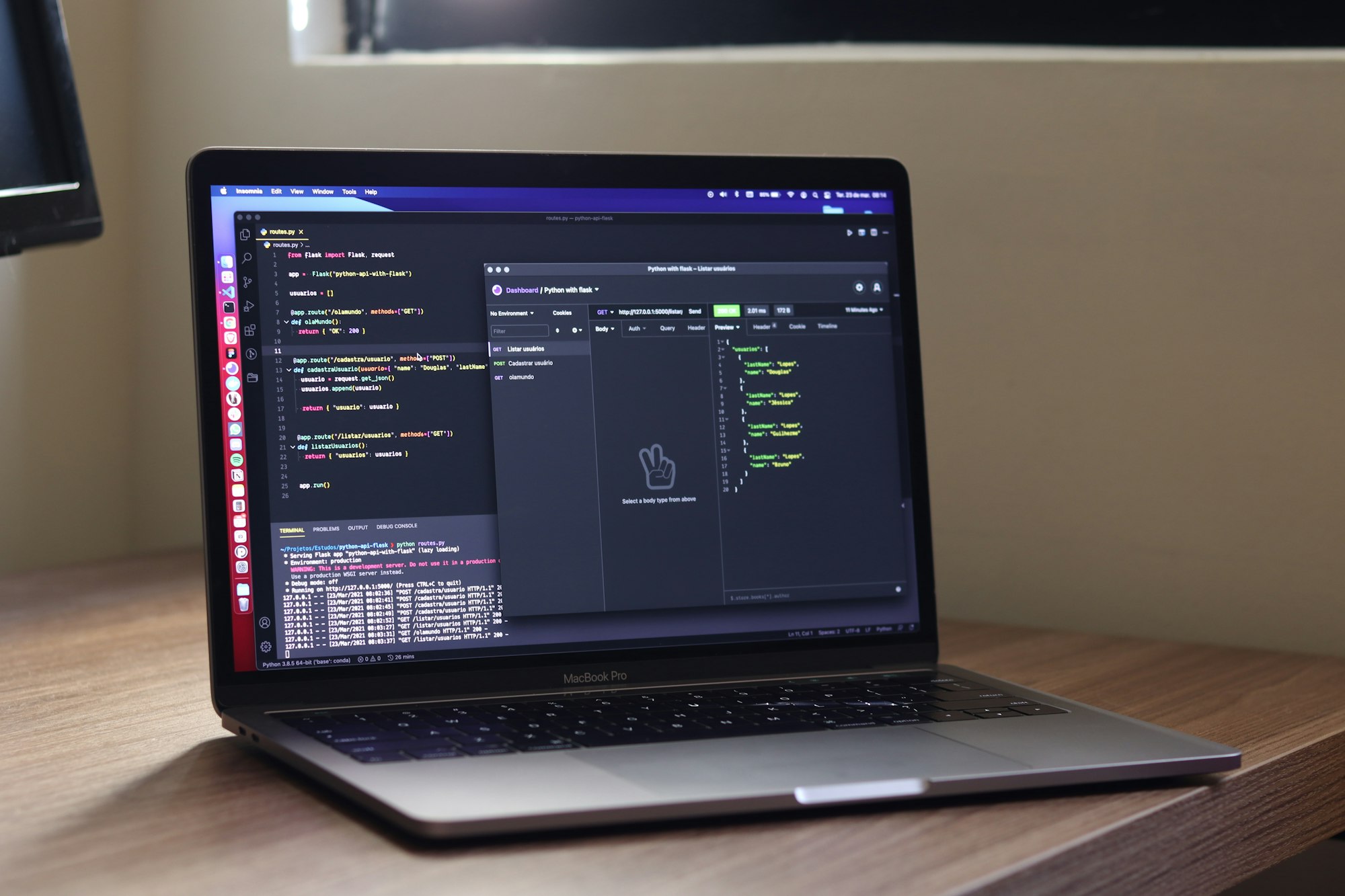
This makes GraphQL ideal for complex applications where relationships between entities are intricate and clients require different data sets at various times. Examples include social media platforms, e-commerce sites, and dashboards where you might need to fetch deeply nested resources in a single request.
On the other hand, REST is an excellent choice for simpler, more straightforward applications where the endpoints and data structures are well-defined and unlikely to change frequently.

REST's statelessness and use of standard HTTP methods make it easy to implement and scale, especially for CRUD (Create, Read, Update, Delete) operations.
It's also beneficial when you need to leverage traditional HTTP caching mechanisms to improve performance. REST APIs are often favored in scenarios where the interaction between the client and server is relatively simple and doesn't require the flexibility of complex queries.
Ultimately, the decision between GraphQL and REST should consider factors such as the complexity of your data, the need for real-time updates, and your team's familiarity with the technologies.
If your application involves dynamic data requirements and benefits from a single, flexible API endpoint, GraphQL might be the better choice.
Conversely, if your project values simplicity, established conventions, and ease of caching, REST might be more suitable. Evaluating these aspects will guide you in selecting the appropriate API architecture for your app.
GraphQL VS REST API
Here’s a comparison table between GraphQL and REST API, including their use cases:
| Feature | GraphQL | REST API |
|---|---|---|
| Data Fetching | Single endpoint with precise data requests | Multiple endpoints, often returns more data than needed |
| Flexibility | Highly flexible, clients specify exactly what they need | Less flexible, server defines the response structure |
| Versioning | No need for versioning, as the schema evolves | Requires versioning to manage changes in the API |
| Efficiency | Reduces over-fetching and under-fetching of data | Can result in over-fetching or multiple requests to get the needed data |
| Learning Curve | Steeper, requires understanding of schemas and resolvers | Generally easier, uses standard HTTP methods (GET, POST, etc.) |
| Error Handling | Centralized error handling, more consistent | Error handling can vary across endpoints |
| Batching & Caching | Supports batching and more complex caching mechanisms | Basic caching via HTTP headers, no native support for batching |
| Real-Time Data | Built-in support for subscriptions | Requires WebSockets or long-polling for real-time data |
| Security | Can be more complex to secure due to flexibility | Well-established security practices with HTTP methods |
| Use Cases | - Real-time apps | - Standard CRUD operations |
| - Complex querying across multiple data sources | - Simple RESTful services | |
| - Mobile and single-page applications (SPAs) | - Microservices | |
| - When exact data control is required | - Public APIs |
Understanding the pros and cons of GraphQL and REST APIs will help you choose the best fit for your project's needs.
